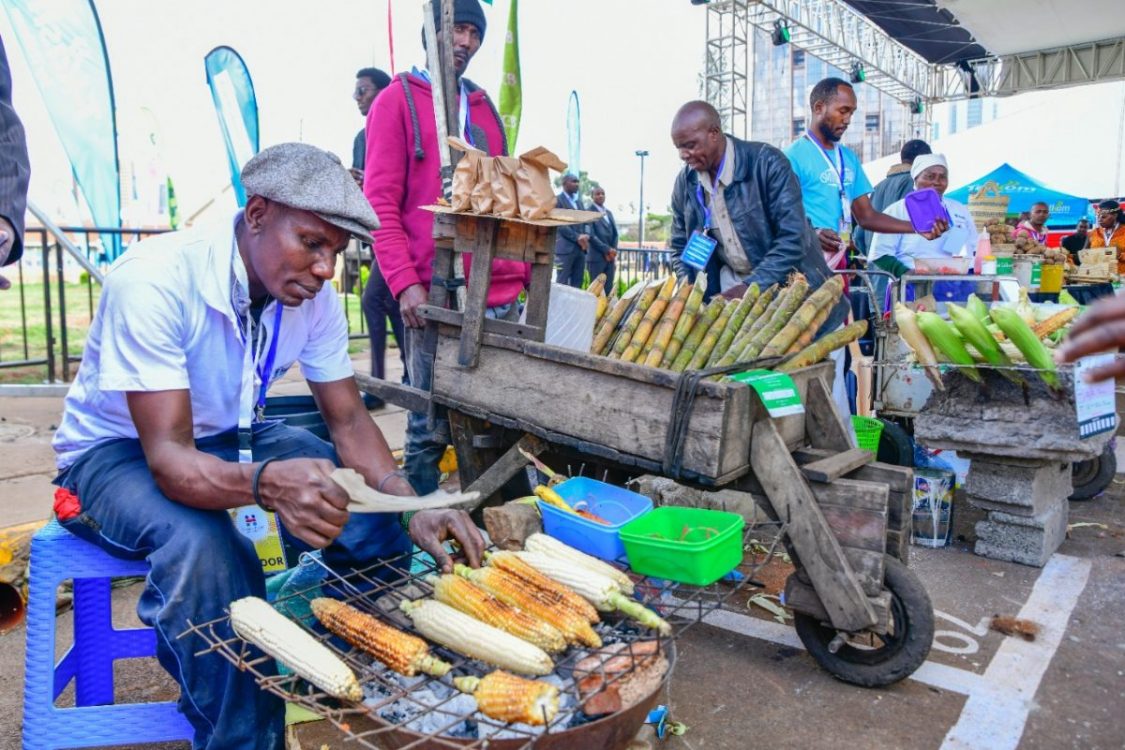‘Bottom-up’: Shift from State aid to market-based solutions

When Kenya Kwanza rolled out the Bottom-Up Economic Transformation Agenda (BETA), it was marketed as a groundbreaking model that would uplift the so-called hustlers – ordinary Kenyans struggling to make ends meet. It promised a radical departure from traditional trickle-down economics, vowing to put money directly in the hands of small-business owners, mama mbogas, boda boda riders, and other informal-sector workers.
However, nearly two years in, the grand vision seems to be collapsing under the weight of its own contradictions, leaving many wondering: Was Bottom-Up ever a viable economic model, or just another well-packaged political mirage?
In contrast, the Bottom of the Pyramid (BoP) concept, made famous by scholar C.K. Prahalad, presents a more practical and proven approach to economic inclusion.
The BoP concept argues that the poor are not just recipients of aid but an untapped market. By developing affordable, scalable, and innovative solutions for low-income earners, businesses can both profit and uplift communities sustainably.
The best example of BoP success is M-Pesa, which revolutionised financial inclusion by giving millions of unbanked Kenyans access to mobile banking – without requiring them to rely on government loans or subsidies.
Similarly, the growth of microfinance institutions has allowed small entrepreneurs to access credit and build sustainable businesses, without government interference.
On the other hand, the Bottom-Up agenda remains largely theoretical, failing to transition from political rhetoric to real economic impact. The much-hyped Hustler Fund, meant to empower small businesses, has been plagued by low uptake, inadequate loan amounts, and poor repayment rates. Many Kenyans received as little as Sh500 to Sh3,000, barely enough to stock a grocery stall, let alone transform a struggling enterprise.
Unlike the BoP model, which thrives on private-sector innovation, Bottom-Up has relied on State-controlled interventions, with no long-term plan to integrate beneficiaries into the broader economy.
Instead of creating an ecosystem where small businesses grow and thrive, the government has merely provided a temporary financial lifeline – one that is already proving unsustainable.
The realities on the ground paint an even grimmer picture. Youth unemployment remains high, businesses continue to suffer under heavy taxation, and the cost of living crisis persists.
The informal sector, which the Bottom-Up model was meant to empower, has seen little improvement, as structural barriers such as lack of market access, poor infrastructure, and regulatory inefficiencies remain unaddressed.
Without fundamental economic reforms, the model is turning into an economic placebo – designed to offer psychological relief rather than real transformation.
So where does this leave us? If Kenya is to achieve real economic empowerment, it must shift from State dependency to sustainable, market-driven solutions.
Instead of politically motivated handouts, the government should focus on creating an enabling environment for small businesses – reducing taxation burdens, investing in industrialisation, expanding access to markets, and leveraging technology to integrate the informal sector into the mainstream economy.
As things stand, Bottom-Up has not lifted Kenyans from the bottom – it has merely bottomed out, exposing the limits of populist economic policies that lack clear execution plans.
— The writer is a governance and leadership Expert and Commentator















